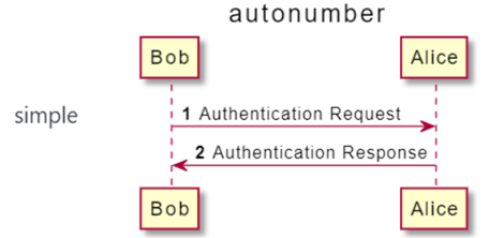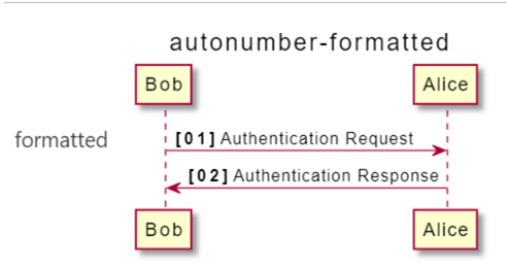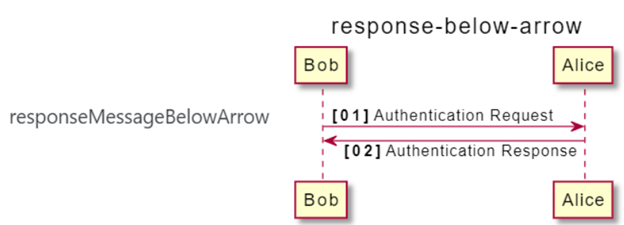With front-end development being one of the last topics we cover for this semester, I decided to take a deeper look into things that can be built using the frameworks we’ve utilized. Vue.js for example is a framework that can be used to develop a front-end application. One type of front-end application that many of us are very familiar with is a Single Page Application(SPA). An SPA is an application that displays all of its information, well, on a single page. It sounds like a lot but only the requested and necessary information is usually displayed on the page at one time.
For example, most email service providers have been developed using SPA styled programming. If you’re like me, you have a ton of unread emails that you are just too lazy to go through and delete. All of these messages can span over the course of a few “pages”. As you click through the pages, you can see how quickly the response is while sifting through them. Although this design gives you the impression that you are navigating through many different pages, the browser is just updating the very same page that you navigated to.
While some of this implementation is back-end stuff, Vue can help make this possible with the use of components, that’s all it really is. Instead of having to use hundreds of unmaintainable lines of javascript to add functionality to an application, Vue makes it really simple and easy to maintain your code with Don’t Repeat Yourself (DRY) standards. It starts with a root component to get the Vue framework into your code. From there everything else is just a series of components to get everything working.
Components come in two different flavors. Global components, as the name might suggest, are registered and usable everywhere within the application. Local components are only usable wherever they are registered. To register a component as global you would need to use the Vue.component method. Registering a component locally would require that you make it a part of the “props” of an element. Figuring out when to use a component globally or locally calls for careful consideration when making your application.
There are other great front-end developing frameworks like React.js and Angular.js. Along with Vue, these three are very popular in terms of leading frameworks that developers like to use in the present day.
My sources I used for this post:
https://vuejs.org/v2/guide/components.html
From the blog CS@Worcester – You have reached the upper bound by cloudtech360 and used with permission of the author. All other rights reserved by the author.






